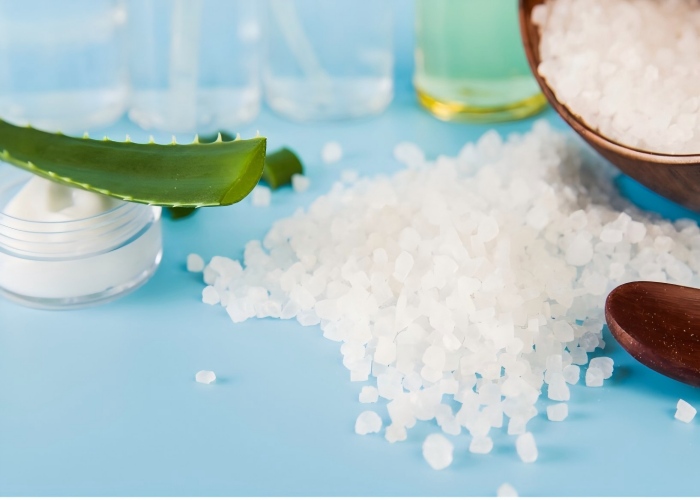Cannabidihexol (CAS 2552798-21-5) is a novel phytocannabinoid derivative with promising analgesic and neuroprotective properties. While its pharmacological profile is promising, further research is needed to validate its therapeutic potential and optimize its pharmacokinetics.
Name :
CannabidihexolCAS No. :
2552798-21-5MF :
C₂₂H₃₂O₂MW :
328.49Purity :
98%Appearance :
White to off-white crystalline solidStorage Condition :
Stable under ambient conditions but sensitive to light and oxidationBasic Information
Chemical Name: Cannabidihexol
CAS Number: 2552798-21-5
Molecular Formula: C₂₂H₃₂O₂
Molecular Weight: 328.49 g/mol
Synonyms:
CBDH
21-Hydroxy-Δ⁹-tetrahydrocannabinol (21-OH-THC)
Phytocannabinoid derivative
Chemical Structure
Structure: A hexahydroxy derivative of cannabidiol (CBD), featuring a hydroxyl group (-OH) at the 21-position of the cannabinoid backbone.
Stereochemistry: Contains multiple stereocenters, typical of natural cannabinoids.
Physical and Chemical Properties
Appearance: White to off-white crystalline solid.
Melting Point: ~150–155°C (estimated).
Solubility:
Poorly soluble in water.
Moderately soluble in organic solvents (ethanol, methanol).
Stability: Stable under ambient conditions but sensitive to light and oxidation.
Key Applications



Studied as a candidate for treating chronic pain and neurodegenerative disorders.
Explored in combination therapies with other cannabinoids.
Safety and Handling
Toxicity:
Acute toxicity data unavailable; likely low toxicity given its structural similarity to CBD.
Avoid prolonged exposure to high concentrations.
Regulatory Status:
Not classified as a controlled substance in most jurisdictions but may require regulatory review for human use.
Synthesis and Production
Synthesis Routes:
Hydroxylation of CBD: Enzymatic or chemical modification of cannabidiol to introduce the 21-OH group.
Biocatalytic Methods: Use of microbial enzymes for selective hydroxylation.
Purification: Recrystallization from ethanol or column chromatography.
FAQ
Q: What are CBDH’s therapeutic benefits?
A: Anti-Inflammatory: Reduces cytokines (TNF-α, IL-6) and COX-2 activity, useful for arthritis and skin conditions.
Analgesic: Low-dose efficacy in murine pain models, suggesting potential for chronic pain relief.
Neuroprotection: Preliminary studies indicate neuroprotective effects in neurodegenerative models.
Q: How to purchase CBDH?
A: Purity: Typically 95% synthetic isolate.
Q: What research is ongoing?
A: Clinical Trials: Limited; early studies focus on pain and neurodegenerative models.
Formulation Challenges: Improving bioavailability via nanoencapsulation or lipid-based carriers.
Leave A Message
Scan to Wechat/Whatsapp :

